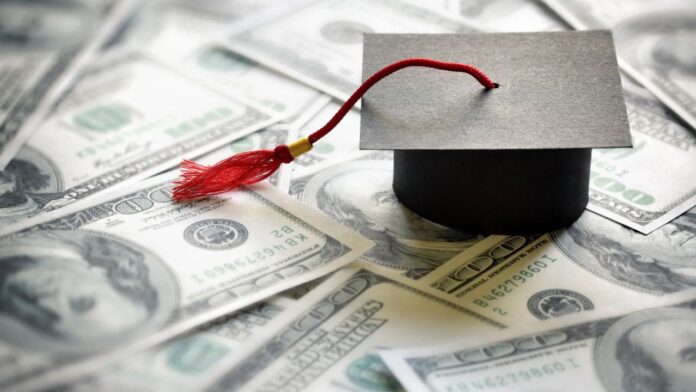Bankruptcy and Student Loans: For many people, filing for bankruptcy is a last option when they can’t pay their debts. But for those with student loans, it’s even harder. Unlike other debts, student loans don’t go away automatically in bankruptcy. Borrowers must prove that paying back their loans would cause them “undue hardship.”
Recently, the US Department of Education and the Department of Justice have made some changes to make it easier for people who truly can’t afford their student loans to get help. While the rules are still strict, more people might now qualify for relief.
What to Do If You Can’t Find a CoSigner for a Student Loan
How Do Courts Decide if Student Loans Can Be Forgiven?
There’s no single rule for deciding what counts as “undue hardship,” but courts usually look at three main things:
- Can the Borrower Afford Basic Needs?
The borrower must show that paying their student loans would leave them without enough money for basic things like food, housing, and healthcare. - Is the Financial Problem Long-Term?
Courts check if the borrower’s money troubles are temporary or will last a long time. For example, if someone has a permanent disability or a chronic illness, it might help their case. - Did the Borrower Try to Repay the Loans?
Borrowers must prove they made an effort to pay back their loans. This could include signing up for income-driven repayment plans, making some payments, or asking for changes to their loan terms.
What Happens if the Court Agrees to Forgive the Loans?
If the court decides the borrower meets the “undue hardship” criteria, they might get one of the following:
- Full Discharge: The borrower no longer has to pay any of their student loans, and all collection efforts stop.
- Partial Discharge: The borrower only has to pay back part of the loan.
- Changed Repayment Terms: The court might lower the interest rate or extend the time to repay the loan.
What if the Court Says No?
If the court doesn’t agree to forgive the loans, borrowers still have options. They can look into programs that make repayment easier, such as:
- Income-Driven Repayment Plans: These plans adjust monthly payments based on how much the borrower earns.
- Forbearance or Deferment: These options let borrowers pause payments temporarily if they’re facing financial problems.
- Public Service Loan Forgiveness: Borrowers who work in public service jobs might qualify to have their loans forgiven after 120 payments.
Borrowers can contact their loan servicer or visit the My Federal Student Aid website to learn more about these options.
Recent Changes to Help Borrowers
In November 2022, the Department of Justice and the Department of Education made some updates to help borrowers who are struggling with student loans. These changes include:
- Less Paperwork: Borrowers can now use a simpler form to prove their financial hardship, reducing the need for complicated legal documents.
- Encouraging Loan Forgiveness: Loan servicers are now expected to support loan forgiveness in cases where borrowers clearly can’t afford to pay.
- Consistent Rules: The new guidelines apply to all federal student loans, making the process fairer for everyone.
In August 2024, the Department of Education also changed the rules about legal costs. If the cost of fighting a bankruptcy case in court is more than one-third of the remaining loan balance, the loan servicer can agree to forgive the loan.
Biden’s Student Loan Forgiveness Plan Blocked: What It Means for You?
How Do Courts Decide? The Brunner Test vs. Totality of Circumstances Test
Courts use two main tests to decide if a borrower qualifies for loan forgiveness:
- The Brunner Test: Used in most federal courts, this test requires borrowers to prove they can’t maintain a basic standard of living while paying their loans, that their financial problems are long-term, and that they’ve tried to repay their loans.
- The Totality of Circumstances Test: Used in some courts, this test looks at all aspects of the borrower’s financial situation to decide if repaying the loan is too hard.
Should You File for Bankruptcy to Get Rid of Student Loans?
Before deciding to file for bankruptcy, borrowers should think carefully about the pros and cons:
- Bankruptcy Can Be Expensive: Legal fees and court costs can add up quickly.
- It Affects Your Credit: A bankruptcy filing stays on your credit report for up to 10 years, making it harder to borrow money in the future.
- Other Options Might Work: Programs like income-driven repayment plans or loan forgiveness might help without the need for bankruptcy.
While getting rid of student loans through bankruptcy is still tough, recent changes have made it a bit easier for some borrowers. If you’re struggling with student loan debt, it’s a good idea to talk to a bankruptcy attorney or financial advisor. You can also visit the My Federal Student Aid website to explore repayment plans and forgiveness options that might work for you.




